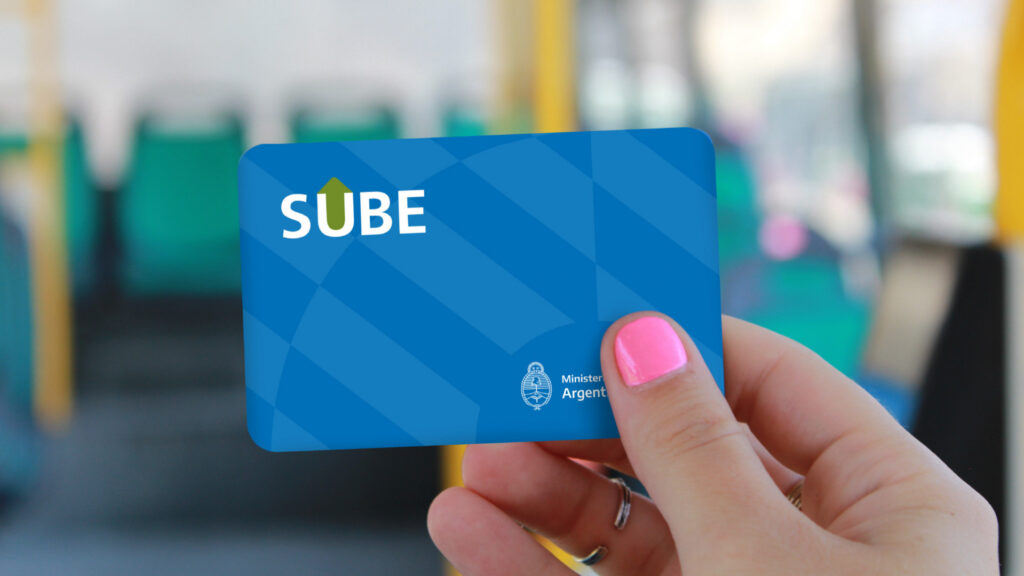The Buenos Aires Subte is known for being the oldest subway network in Latin America, and one of the oldest in the world. Since the inauguration of the first line in 1913, the Subte has become not just a means of getting from A to B, but also an essential part of the city’s identity.
Despite the relatively small distance it covers of 35 miles (57km), it was estimated that in 2019, 1.4 million people used the Subte on a daily basis as part of their commute. If you’re a tourist in Buenos Aires, it’s important you know how to get around.
The History of the Subte
The first line, Line A, opened to the public in December 1913 and the Subte became Latin America’s first subway network. Since then, an additional 6 lines have been added and now the network makes it possible to travel to many of Buenos Aires’ most popular locations. The project was initially inspired by the Paris Métro and stretched from Plaza de Mayo to Plaza Miserere.
The first subway line was constructed by the Anglo Argentine Tramways Company, known as La Anglo in Argentina. La Anglo had previously played a crucial part in constructing and extending the tramways of Buenos Aires, which had been originally introduced much earlier in 1863. The remaining lines which we know today were constructed by various other companies. Four of which were constructed by a Spanish company which was known as CHADOPyF.
In 1939, the Buenos Aires subway was nationalised and brought under control of the newly founded CTCBA (Corporación de Transportes de la Ciudad de Buenos Aires). The CTCBA was a company made up of both public and private capital and over the coming years, the existing lines of the subway would be extended increasingly. The CTCBA entered liquidation in 1948 and the control of the Subte passed through the hands of several different publicly-funded companies until 1994, when it would be privatised and brought under the control of Metrovías until 2021.
The Subte Today
Today, the Subte is owned by Emova Movilidad S.A. and remains under private ownership. Currently, there are six lines: A, B, C, D, E and H. Lines F and G were originally proposed in the late 20th century, but remain yet to be constructed – Line H was constructed before to serve the western neighbourhoods of Buenos Aires.
The Subte transports around 900,000 people every day and consists of 90 stations. Key locations are covered by the network and the subway can be just as useful for tourists as it can for the citizens of Buenos Aires.
Using the Subte - The SUBE Card
Travelling on the Subte is relatively straightforward. First, you’ll need to get hold of a SUBE card. The SUBE is similar to the Oyster card of London and is needed for not only the Subte, but also for buses and trains.
You NEED a SUBE card to be able to travel on public transport in Buenos Aires.

- As of April 2024, a SUBE card costs 880 pesos ($1 USD).
- SUBE cards can be bought in most kiosks around Buenos Aires.
- Currently, a maximum of 6600 pesos can be loaded onto a SUBE card.
- A ticket for the Subte currently costs around 120 pesos.
- If you run out of money on your SUBE card, you’re allowed to go into negative numbers up until -1080 pesos.
- When riding on the Subte, you only need to tap your card at the start of the journey. You DO NOT need to tap out at the end of your journey (this only applies to the Subte and buses, for trains you must tap out).
Important Stops
- Diagonal Norte/9 de Julio (Line B, C and D): Stop here to get to the street 9 de Julio and see the famous Obelisco.
- Plaza de Mayo (Line A)/Bolivar (Line E)/Catedral (Line D): Stop here to see the Casa Rosada.
- Tribunales (Line D): Stop here to see the Teatro Colón.
- Las Heras (Line H): Stop here to reach the Cementerio de la Recoleta.
- Juramento (Line D): Stop here for Barrio Chino (China Town).
- Facultad de Derecho (Line H): Stop here for Facultad de Derecho.
Additionally, the two main train stations of Buenos Aires can be reached via the Subte:
- For Constitución, take Line C to Constitución
- For Retiro, take Line C or E to Retiro
Tips for Using the Subte
- Avoid the rush hour: Like any major city, Buenos Aires experiences peak travel times during rush hour (usually between 8-10am and 5-8pm). If possible, try to avoid travelling during these times to minimise crowds – the Subte can get pretty crowded!
- Watch your belongings: While the Subte is generally safe, it’s a good idea to remain vigilant as pickpockets do operate on the Subte. Wear any bags or backpacks on the front of your body to keep an eye on your belongings at all times.
- Learn some Spanish: The Buenos Aires Subte isn’t the easiest to navigate for non-Spanish speakers. The announcements are all in Spanish and most of the signs too. It will definitely make like easier if you learn a bit of the language!

